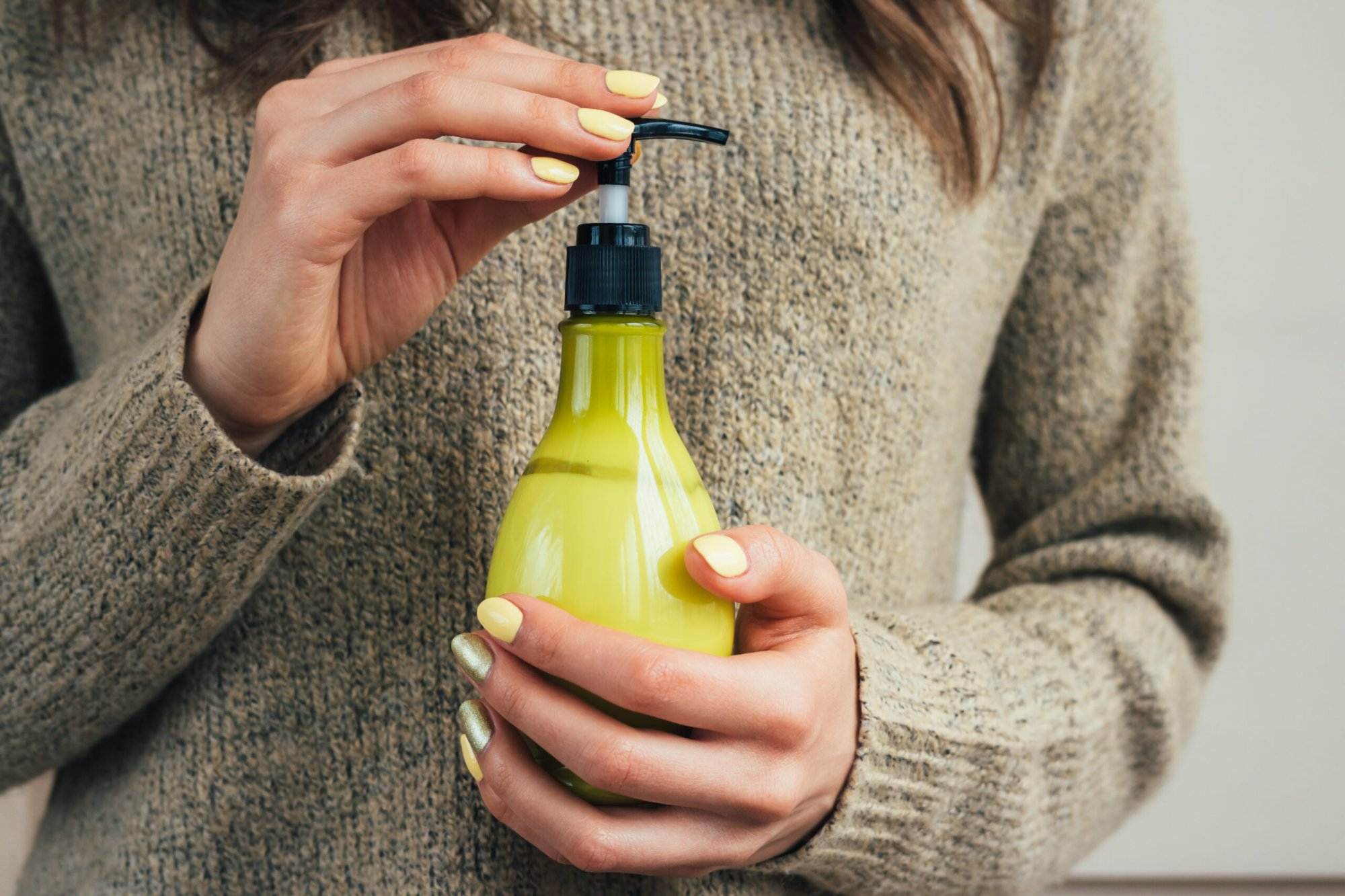As the world becomes more interconnected, people are traveling and coming into contact with others from all over the globe. This increased connectivity has led to a rise in infectious diseases that can spread rapidly across populations. In response, there has been an increased focus on sanitizing surfaces to combat viruses and bacteria. One of the most effective ways to do this is through deep cleaning.
Introduction to Disinfection & Deep Cleaning
Disinfecting involves using chemical agents or physical processes to kill pathogens such as bacteria, viruses, fungi, and parasites. Deep cleaning goes beyond regular cleaning by focusing on hard-to-reach areas and using specialized equipment and techniques to remove dirt, grime, and other contaminants. When done properly, disinfection and deep cleaning can help prevent the spread of disease and create a safer environment for everyone.

The Importance of Regular Deep Cleaning
Regular deep cleaning is essential for maintaining a healthy environment. It not only removes visible dirt but also eliminates hidden germs and bacteria that can cause illnesses. Some common areas where disinfecting and sanitizing should be performed regularly include bathrooms, kitchens, and public spaces like schools, hospitals, and offices. By doing so, you can reduce the risk of cross-contamination and protect yourself and those around you from getting sick.
Common Areas for Disinfecting and Sanitizing
Some common areas for disinfecting and sanitizing include:
1. Bathroom sinks, countertops, and floors
2. Kitchen counters, sink, and appliances
3. Doorknobs, light switches, and handles
4. Public restrooms and lobbies
5. Daycare centers and school classrooms
Tips for Effective Disinfection and Deep Cleaning
To ensure effective disinfection and deep cleaning, follow these tips:
1. Use appropriate cleaning products – Choose cleaning products that are designed for disinfecting and sanitizing. Make sure they are safe to use on the surface you intend to clean.

2. Follow manufacturer instructions – Read the label carefully and follow the directions provided by the manufacturer. Using too much or too little product can affect its effectiveness.
3. Pay attention to contact time – Most disinfectants need to remain on the surface for a specific amount of time to work effectively. Be sure to leave the product on the surface for the recommended duration.
4. Use proper technique – Apply the cleaner evenly and cover the entire surface. Avoid missing spots as this can lead to incomplete disinfection.
Conclusion
In today’s fast-paced world, it’s crucial to take extra precautions to stay healthy. Regular deep cleaning is one way to achieve this goal. By following best practices for disinfecting and sanitizing, we can minimize the risk of cross-contamination and keep ourselves and our loved ones protected from harmful pathogens.

